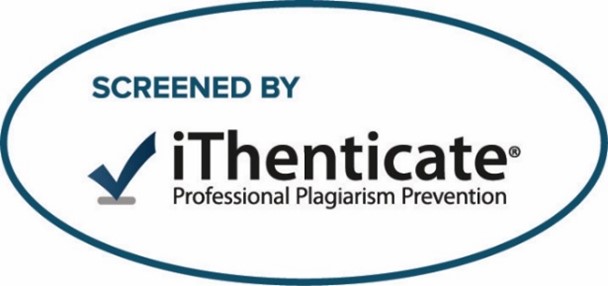Article Type
Original Study
Subject Area
Allergy
Abstract
Background Hypertrophied inferior turbinate is a primary cause of nasal blockage. Medical treatment frequently yields insufficient gains. In certain circumstances, surgical reduction of the inferior turbinates may be considered. Several treatment options for treating inferior turbinate hypertrophy have been published, but Turbinoplasty, outfracture, and bipolar cautery have been widely employed throughout the last three decades. We prospectively assessed the safety and effectiveness of Coblation Turbinoplasty compared to the Microdebrider-assisted method. Methods This prospective cohort research included forty candidates with nasal blockage caused by hypertrophied inferior turbinates that had not responded to conventional medical therapy for at least three months. This study conducted at Cairo University Hospitals' Rhinolaryngology Department from November 2023 to November 2024. The candidates were randomly separated into two groups based on the surgical technique employed, either Coblation Turbinoplasty or Microdebrider-assisted procedure. Results This study
Keywords
Turbinoplasty; Inferior turbinate hypertrophy; Microdebrider-assisted; Coblation
Recommended Citation
Metwaly O, Adel A.
Outcomes of Coblation Turbinoplasty versus Microdebrider – assisted Turbinoplasty in the Management of Inferior Turbinate Hypertrophy; A Randomized Clinical Trial Study..
Pan Arab J. Rhinol.
;
15 : -.
Available at:
https://pajr.researchcommons.org/journal/vol15/iss1/3
DOI: https://doi.org/10.58595/2090-7559.1245
Creative Commons License

This work is licensed under a Creative Commons Attribution-NonCommercial-No Derivative Works 4.0 International License.
Included in
Oral and Maxillofacial Surgery Commons, Otolaryngology Commons, Otorhinolaryngologic Diseases Commons
















